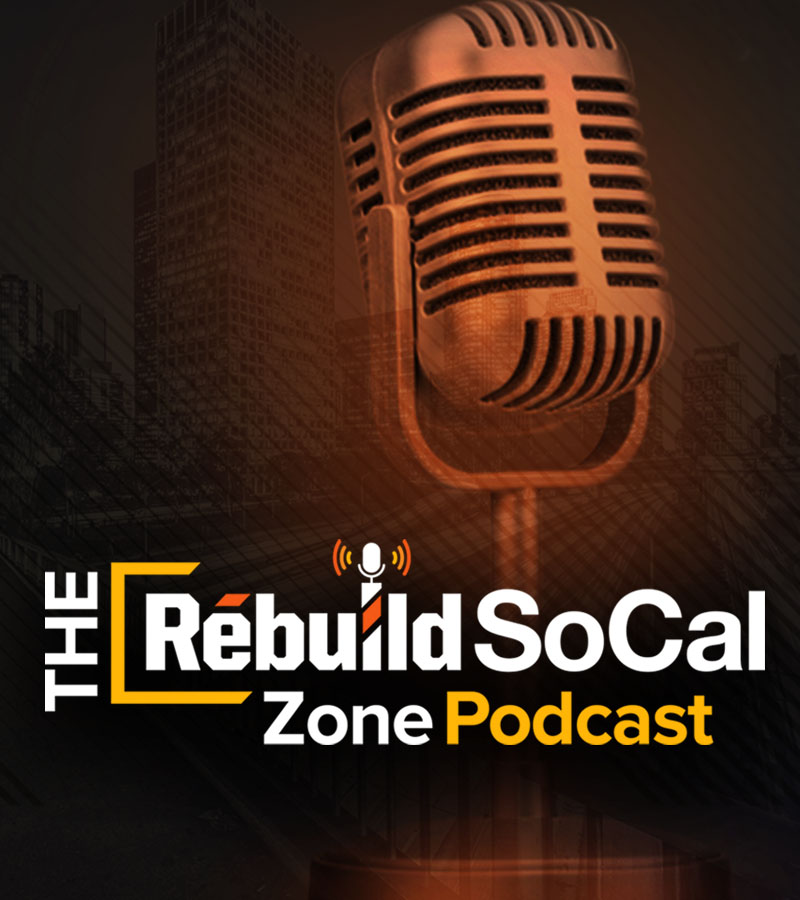Save Significant Time, Costs
Construction projects have a reputation of exceeding deadlines and budgets. In fact, studies show 9 out of 10 projects experience cost overrun, going over budget by at least 16%. Material expenses were already on the rise when the impact of the pandemic caused costs to go up tremendously. If construction is going to reinvigorate America’s economy, it will be necessary to work more efficiently and productively. There is hope that digital as-builts and connected construction will help in the effort to support sustainable infrastructure.
Delays and increased costs
According to the Construction Industry Institute, 12.4% of infrastructure construction project costs go to rework, and transportation construction projects are delayed by 2.3 years on average. Over the months or years of an average project, there can be many moving parts and crew members. It’s not difficult for various teams and processes to become disconnected. Duplicated efforts, rework and waste often become part of doing business.
Common causes of cost overruns include:
- Inaccurate estimates
- Underestimating the timeline and scope of project
- Design errors
- Poor communication
- Unforeseen project changes
Benefits of digital as-builts
Digital as-builts are able to offer greater transparency as they track and show changes made to a plan during construction. They are a valuable tool for providing important information before, during, and after construction.
From the start, detailed plans are critical. Digital designs are able to provide insight on everything from the framework and overall structure down to the intricacies of the plumbing or wiring. During the course of building, as obstacles arise (with the site, materials, or other issues), digital as-builts are able to record the changes and maintain updated information, always distinguishing the difference from the original concept. Data helps streamline efforts and mitigate risk as the project moves forward.
Instead of teams working in silos as can often happen, stakeholders can share a single model with updated data that’s been captured throughout the project’s lifecycle. This greatly aids in planning and decision-making during construction and after the project is complete.
Data that is instantly available and analyzable tells a real-time story of the project and makes for a better experience. Because the most granular data can be gathered, it helps stakeholders who use the information to learn and make forecasts. Teams can react to issues faster, improving operations, and saving money. When the project is complete, there will be a full history of changes as the project evolved. There won’t be the need down the line to invest heavily in time or funding to learn about the project whenever maintenance, updates or renovation is required.
As projects grow larger in scale, become more complex and require environmentally-friendly practices, embracing new technologies such as digital as-builts can transform the construction industry. Because as-builts offer the ability to simulate a building or infrastructure’s performance, land, materials, and resources can be used more efficiently and productively while helping to reduce waste and environmental impact. Additionally, if construction companies utilize as-built technology, they will ultimately impact their bottom line by saying goodbye to cost overruns and saving $1.2 trillion in the Design and Engineering, and Construction phases alone.
Stay up-to-date on infrastructure issues by signing up for the Rebuild SoCal Partnership newsletter. Follow us on Facebook, Twitter and Instagram and listen to The Rebuild SoCal Zone podcast.

